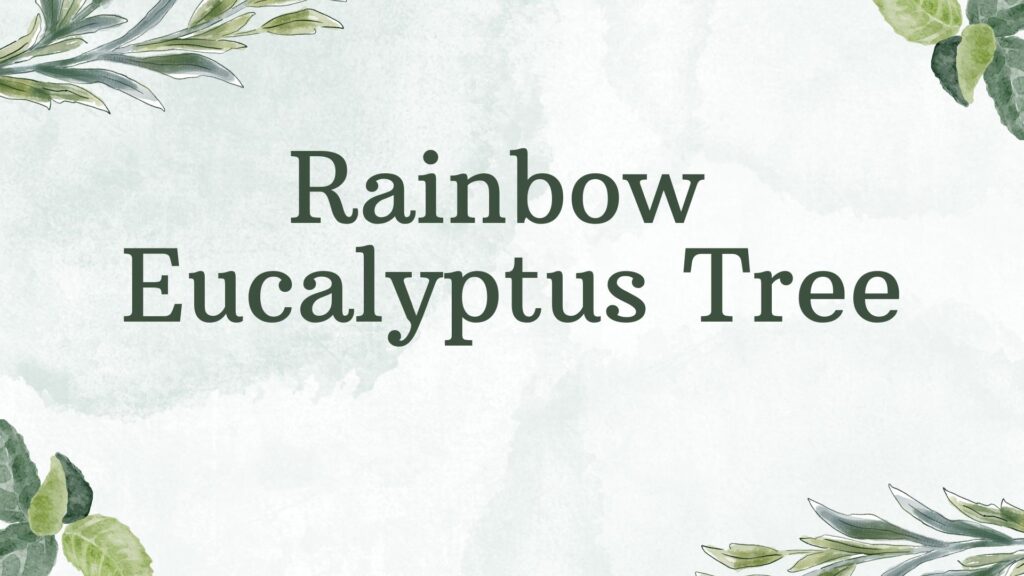
The natural world is full of extraordinary plants, but few can match the striking beauty of the rainbow eucalyptus tree. Known for its vividly colored bark that peels away to reveal a living rainbow on its trunk, this tree is both a botanical wonder and a symbol of nature’s creativity
What is the Rainbow Eucalyptus Tree?
The rainbow eucalyptus (Eucalyptus deglupta) is a fast-growing, tall tree that can reach up to 250 feet in its natural habitat. Native to the Philippines, Indonesia, and Papua New Guinea, it thrives in tropical forests where it enjoys plenty of sunlight and heavy rainfall. Unlike most eucalyptus species commonly associated with Australia, the rainbow eucalyptus naturally grows in the Northern Hemisphere, making it a unique member of its family.
While eucalyptus trees are generally known for their fragrant leaves and medicinal oils, the rainbow eucalyptus is admired primarily for its breathtaking, multicolored bark
The Story Behind the Rainbow Colors
The rainbow eucalyptus earns its name from its bark’s incredible color transformation. As the tree grows, its outer bark peels off in thin strips, revealing a fresh, bright green layer beneath. Over time, this exposed bark changes color as it matures, passing through blue, purple, orange, and maroon shades. The peeling process happens at different times across the tree’s surface, creating a beautiful, random patchwork of colors that look like brushstrokes on a canvas.
This natural phenomenon is not painted or altered—it’s a completely organic process caused by the tree’s growth cycle. The colors result from the changing chemical compounds in the bark, including chlorophyll and tannins, which react to air and sunlight. This gives the rainbow eucalyptus its continuously evolving appearance, ensuring no two trees ever look exactly the same
More Than Just Beauty
Beyond its visual appeal, the rainbow eucalyptus has practical uses. In its native regions, the tree is widely planted for pulpwood production. The pulp from this tree is used to make white paper, making it an important resource for the paper industry. Its fast growth rate—sometimes growing several feet per year—makes it a sustainable choice for forestry.
The tree also plays a vital role in the environment. It helps prevent soil erosion, provides shade, and offers shelter for birds and insects. Although it is not a primary food source for animals, it contributes to the biodiversity of its ecosystem